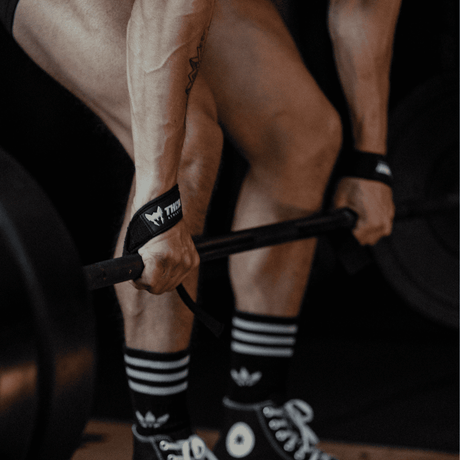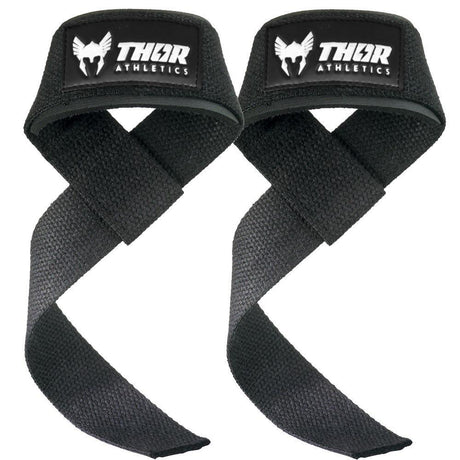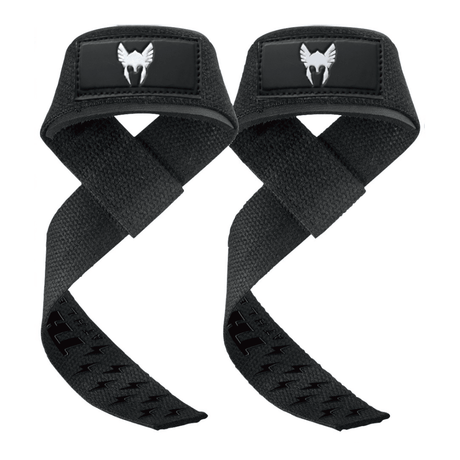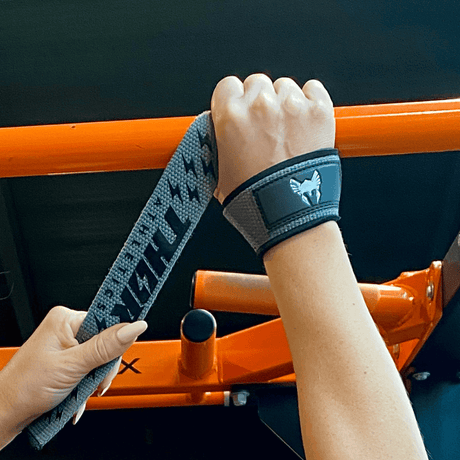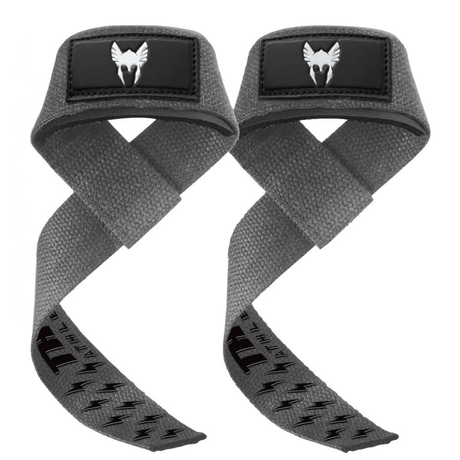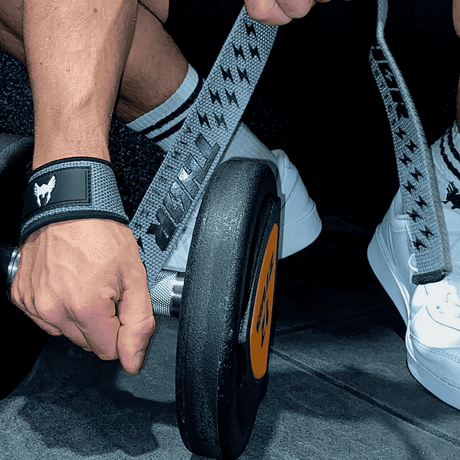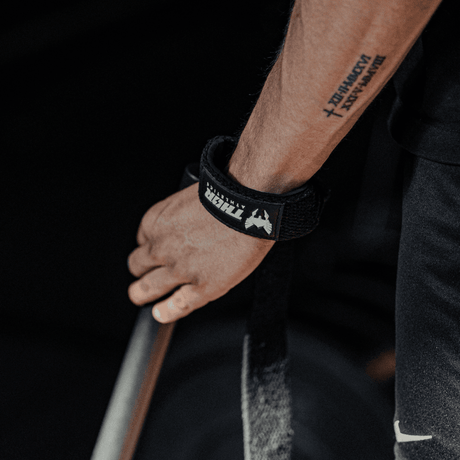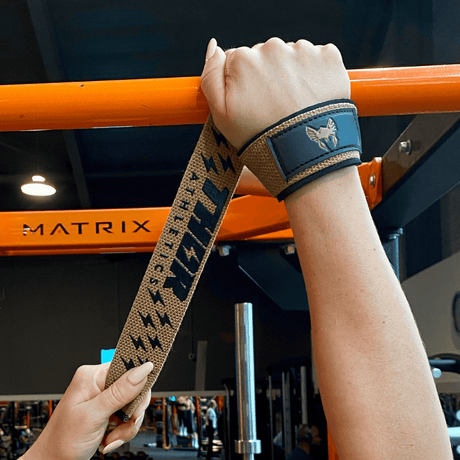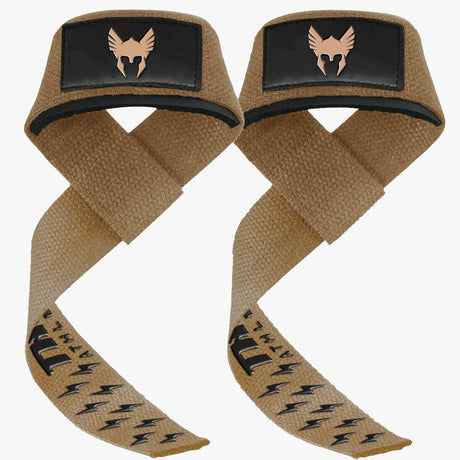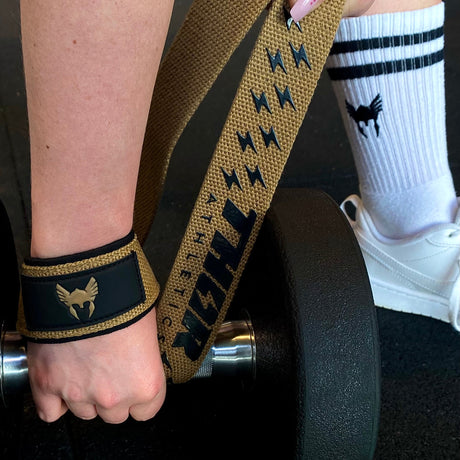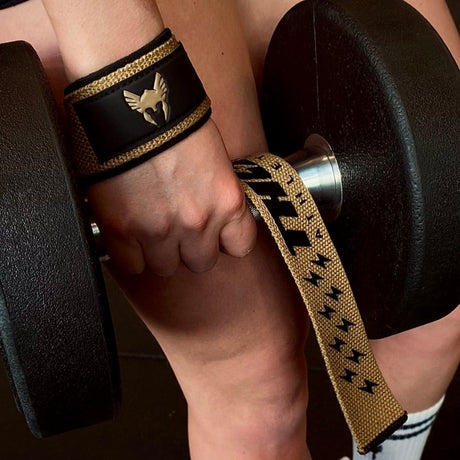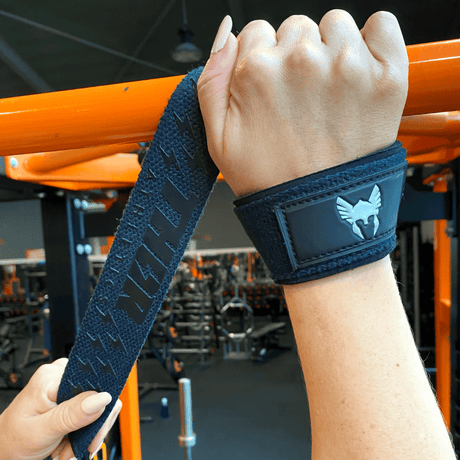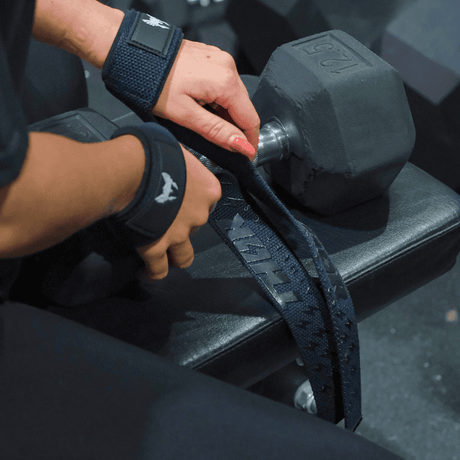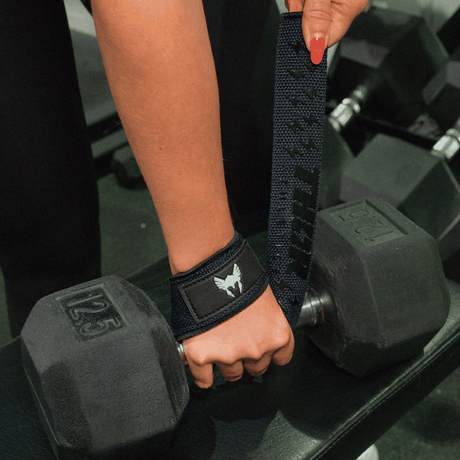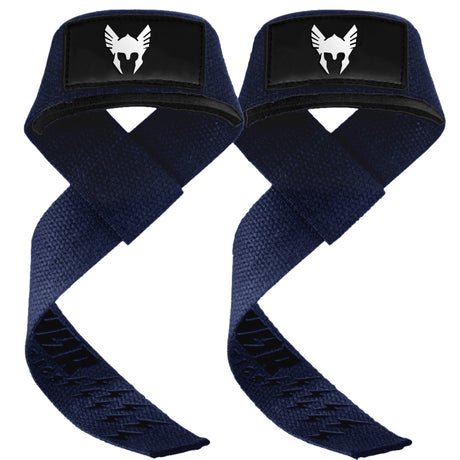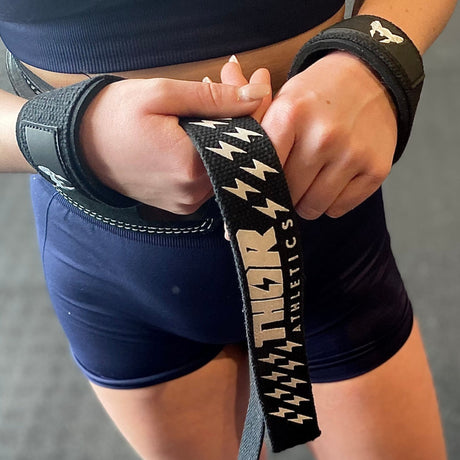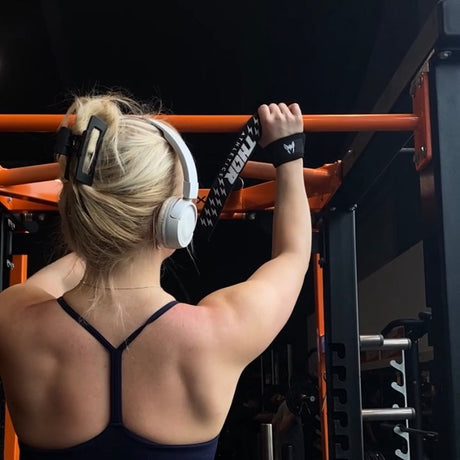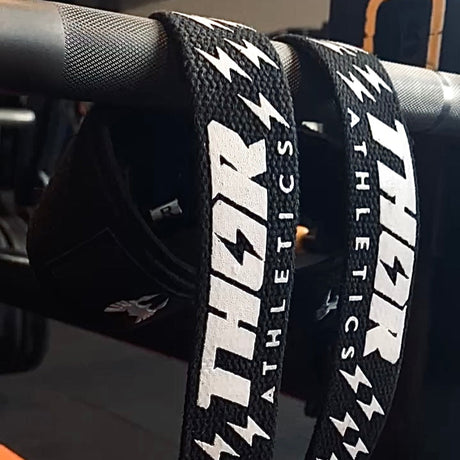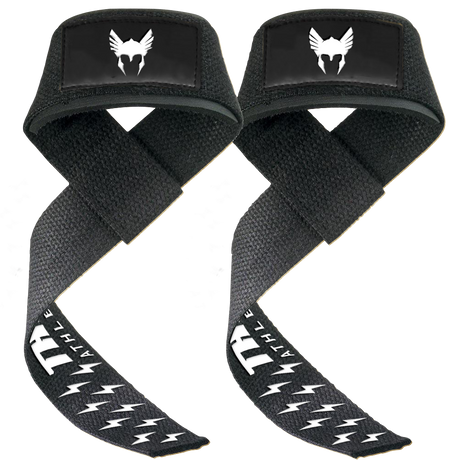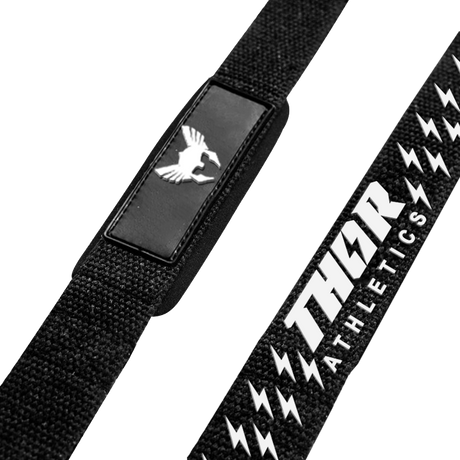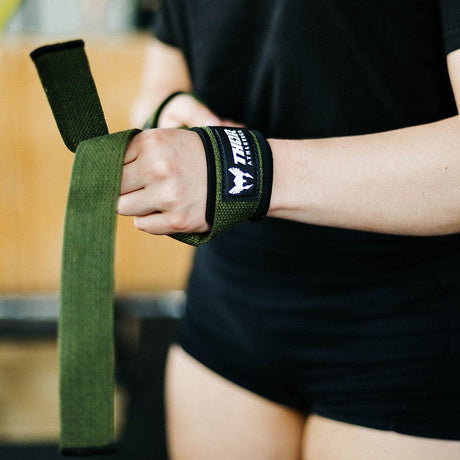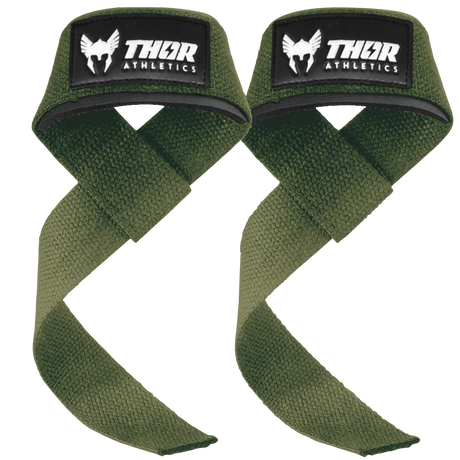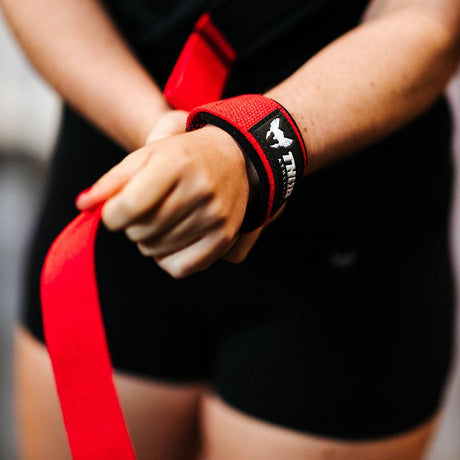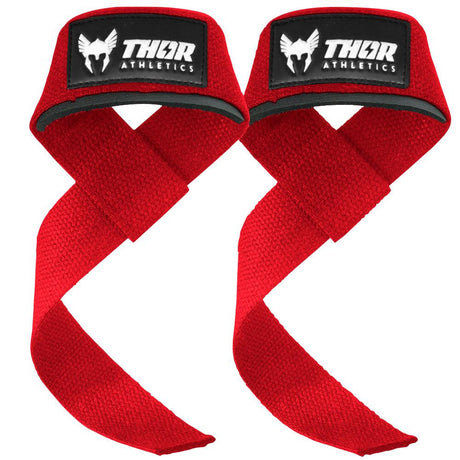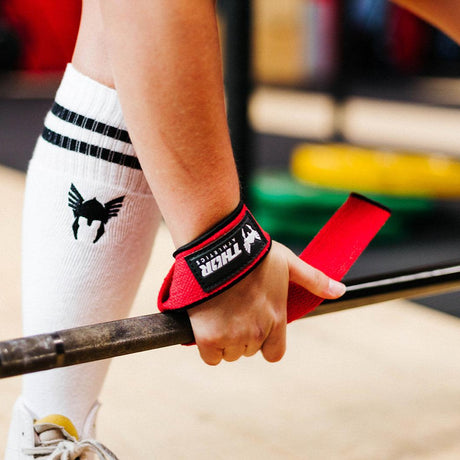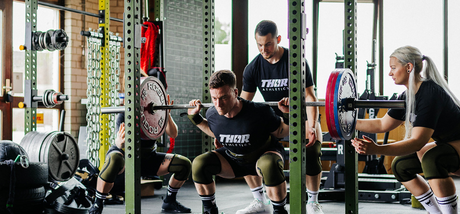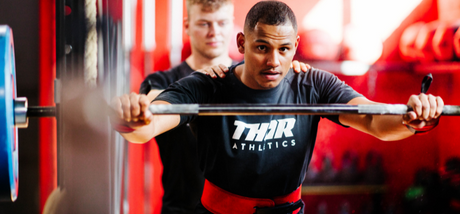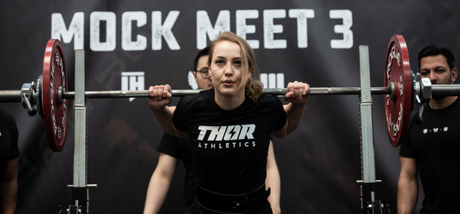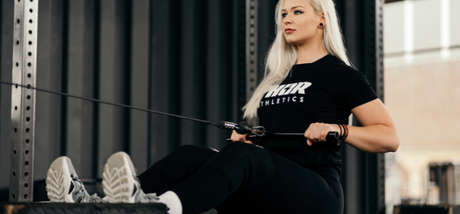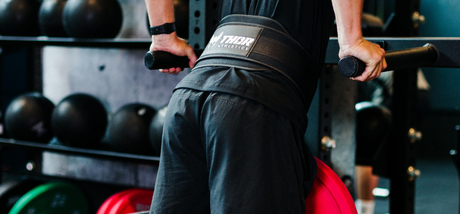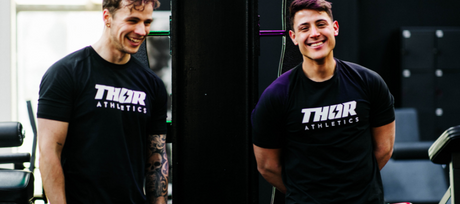What is Powerbuilding?
Many people go to the gym to look better. They start with exercises like bench pressing because the biggest guys in the gym do that too. When it is noticed that you can not only build muscle mass but also actually get stronger, that can be addictive. There are different choices you can make then.

Are you going purely for aesthetic purposes, do you want to become as strong as possible, or both?
Just because you like to find out what your body is actually capable of doesn't necessarily mean you have to sacrifice a good appearance for it, as is still often thought.
There might be a sweet spot between those two, namely powerbuilding. Being strong and looking strong.. hmm sounds good, right? Especially if you are someone who likes to perform and measure your progress in concrete kgs on the bar, this might be the perfect way of training for you.
Powerbuilding in theory
“Powerbuilding…? That's for Powerlifters who do their accessory exercises, right?”
Yes and no.. It can go two ways and that's the beauty of Powerbuilding. You can lean more towards Powerlifting or more towards Bodybuilding.
Sometimes Powerbuilding is therefore seen as a suboptimal way of training because you don't focus enough on heavy lifts to get stronger but also don't isolate muscles enough and maybe overload the central nervous system too much for bodybuilding purposes.
Science, however, shows that it can be very useful for strength and muscle growth to vary in rep ranges. The well-known 6 to 12 reps also give you more strength and are easy to combine with heavy sets close to your 1RM.
It is therefore a good idea to do heavy squats low in reps at the beginning of the week and later in the week a squat variant or leg press higher in reps.

However, a lot of energy goes into exercises that from a bodybuilding perspective do not optimally stimulate a certain muscle group. For example, in the deadlift, you don't train any muscle group over its full length. This is an important factor for muscle growth. Additionally, a heavy deadlift demands a lot from your recovery capacity, which might mean you can have less volume for bodybuilding work. That is a conscious consideration you make when you start with Powerbuilding.
Another example: The squat demands a lot from your glutes, certain back muscles, and stability besides the quadriceps. A bodybuilder might see that as wasted energy and would rather fully focus their energy on their quadriceps by doing a leg press.
The same goes for bench pressing. Limited range of motion, a lot of stability needed, etc. etc.
But besides theory, practice is also important, and for many people even more important than theory because you also want to get a kind of satisfaction from every session. And Powerbuilding scores a lot of points there.
Powerbuilding in practice
Let's be honest.. It's just insanely cool to lift a damn heavy weight, few people can deny that. And the fun thing about Powerbuilding is that you can choose where to put the emphasis or clearly distinguish what you want to focus a training block on.
Examples:
- You enjoy challenging yourself with heavy weights and like training the SBD disciplines, but have no competition ambitions. In that case, you can very well regularly train around 3-6 reps at relatively high percentages and still seek a good pump and isolate muscle groups with the other exercises and keep repeating this. This puts more focus on the bodybuilding aspect of Powerbuilding. Later in this article, I describe an example.
- You want to get as strong as possible and compete, but also want to look strong and build muscle mass. For example, you can focus on muscle building for 12 weeks, increase intensity for the next 10-12 weeks, and in the last 8-10 weeks work towards the competition by further increasing intensity, lowering volume, temporarily not prioritizing muscle building, and ultimately setting a new 1RM. Then you can start again at the first block. Naturally, in this example, you transition from more Bodybuilding focus to Powerlifting focus.
Why you might choose Powerbuilding
Personally, I find it much more fun to look forward to a workout where I know I will have to fight against a weight I may never have lifted before for a certain number of reps or sets.
You surpass yourself and get a good rush when you reach that one milestone. That feeling is hard to match with a chest press, biceps curl, or cable exercise of choice.
Fine if that works well for you, I understand that a fixed structure can be very nice, but I (and many others with me) need an extra stimulus.
The pros and cons:
Benefits
- Powerbuilding can help you break through a strength plateau. Traditional powerlifters often skip accessory exercises and only train the 3 big lifts and their variations. By also paying attention to supporting muscle groups, the extra strength gain and stability can help you break through a strength plateau.
- How often do we see that once someone has made some progress in the gym, they get stuck at a certain weight and can't apply progressive overload. They keep trying to do more reps and go to failure. It's a cat and mouse game between your recovery and the stimulus. Powerbuilding helps you get stronger in different rep ranges, so you eventually almost unnoticed break through your mass and strength plateau.
- You not only get stronger, but also look stronger.
Disadvantages:
- It is somewhat more difficult in Powerbuilding to emphasize a specific muscle group that you feel needs extra attention.
- The training sessions may cause more fatigue. More recovery capacity is needed for training closer to your 1RM than for training purely focused on muscle growth.
- Due to the “mandatory” lifts, squat - bench - deadlift, there is less flexibility for substitute exercises. In other words: All power racks occupied? You’re fucked.
Training essentials for Powerbuilding
How do you approach it?
A buildup can look like this (depending on your fitness level). Keep in mind that this is just a general example.
Squat 2-3x per week (or 2x and 1x leg press variant for higher volume)
Bench 2-3x per week
Deadlift 1-2x per week (optionally RDL or similar accessory exercise added)
At the start of your block, you can begin your workouts with a relatively intensive top set at 70-75% of your 1RM. After this, you do 2-3 back-off sets that have slightly higher reps with a slightly lower intensity, for example, 60-70%. You build up the top set and back-off sets weekly to a higher intensity (more weight). You also reduce the number of reps weekly for both.
After this, you do the rest of your training. Depending on the main lift, you choose exercises that fit well here. For example, you can do a Full Body split, Upper-Lower, Push-Pull-Legs, or even a combination of 2 splits.
Week 1: Full Body
Week 2: Upper-Lower
Week 3: Full Body
And so on
Personally, I wouldn’t quickly choose only heavy compound exercises after a very heavy deadlift but rather 5-6 exercises that isolate a bit more. For example, a chest-supported row instead of a barbell row because the chest support partially removes the load from your lower back.
A workout with the Bench Press as the main lift is better suited to doing heavier exercises afterward.
Depending on the number of sets per exercise and training sessions per week, you can distribute the exercises. From 10 (intensive) sets per muscle group, you will effectively build muscle mass, but that also depends on your training level.
As you can tell, Powerbuilding involves more puzzle work than a standard bodybuilding program. But once locked in, you’ll do very well.
Consider hiring a coach here to take away that stress. Two pairs of eyes always see more than one.
If you have questions about Powerbuilding or could use coaching, feel free to send me a message via Instagram or email.
Instagram: @coachmarijn
Email: coachmarijn@gmail.com










